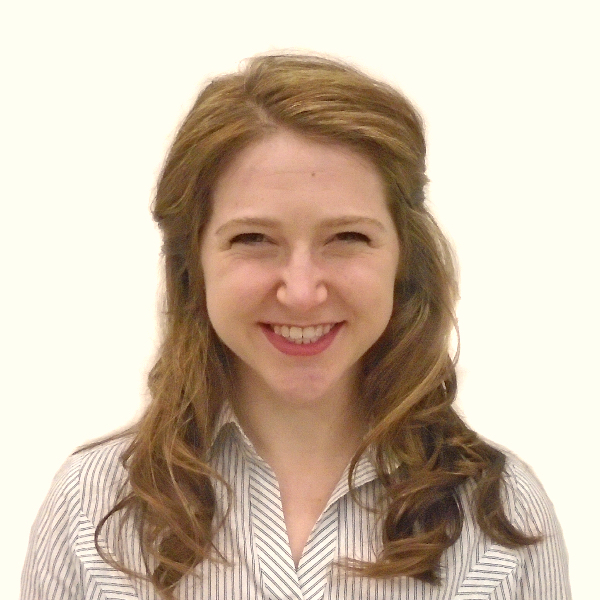Elliana DeVore | Massachusetts Eye and Ear

Dr. Elliana DeVore is a recipient of the 2022 Dysphonia International Research Travel Award in partnership with The Voice Foundation. Kaila participated in the 2022 Voice Foundation Conference and presented research entitled, “Silk-Hyaluronic Acid Office-Based Vocal Fold Augmentation: A Single Surgeon’s Preliminary Experience” and “Histologic Evaluation of Silk-Hyaluronic Acid after Human Vocal Fold Injection.” Elliana stated that “this work evaluates a new permanent injection material that can help patients with glottic insufficiency.” Below is an abstract of Elliana’s presentations.
ABSTRACT: Silk-Hyaluronic Acid Office-Based Vocal Fold Augmentation: A Single Surgeon’s Preliminary Experience
Additional Authors: Christopher Dwyer, MD, Elliana K. Devore, MD, and Thomas L. Carroll, MD
Objectives: Silk-Hyaluronic Acid (Silk-HA) is a novel vocal fold (VF) augmentation material used in humans since July 2020. There is a paucity of data on Silk-HA longevity and complications. This study evaluates a single surgeon’s initial experience performing Silk-HA injection laryngoplasty for treatment of glottic insufficiency.
Methods: Retrospective review of patients undergoing Silk-HA injections between July 2020 and December 2021 was performed. Demographics, diagnoses, details of injection, and voice handicap index 10 (VHI-10) results were recorded. A blinded perceptual voice analysis of voice samples was performed by two voice-specialized speech language pathologists for a subset of patients with unilateral vocal fold paralysis before and 3-months following silk-HA injection. Univariate assessment of the change in VHI-10 and perceptual voice analyses at 3-month follow up was determined.
Results: 58 patients (43.1% female) underwent Silk-HA injection with a mean age of 64 (range 21-88). 38 subjects had unilateral paralysis (65.6%). Most injections were unilateral (84.5%), with mean volume of silk injected 0.26 mL. There was significant improvement in CAPE-V overall severity rating with a mean change of -32.9 +27.2 (p<0.0001), and VHI-10 decreased -14.6 + 10 (p=0.0013). Complications were rare, most notable for 3 admissions for dyspnea attributed to hemi-laryngeal edema. 14 patients underwent a repeat silk-HA injection for persistent versus recurrent glottic insufficiency.
Conclusions: Silk-HA appears safe, well tolerated, and effective at improving glottic insufficiency. Safety profile appears comparable to other existing materials used for vocal fold augmentation. Further human data regarding longevity of the material are forthcoming.
ABSTRACT: Histologic Evaluation of Silk-Hyaluronic Acid after Human Vocal Fold Injection
Additional Authors: Christopher Dwyer, MD, Samantha Kridgen, Douglas Roth, Jennifer Winston, and Thomas L. Carroll, MD
Objectives: Silk Hyaluronic Acid (Silk-HA) is a novel vocal fold augmentation material engineered for office-based injections, with the goal of inducing tissue regrowth within the bulked vocal fold. Prior canine vocal fold, rodent limb and human dermal studies demonstrate the presence of Silk-HA with the predicted collagen ingrowth around the material up to 12 months. The material has not been formally studied histologically in living human vocal fold tissue. This paper intends to present a case of a human vocal fold biopsy with resultant histology in a patient who was injected with Silk-HA 9 months earlier.
Methods: A patient who underwent injection augmentation of the left vocal fold 9 months prior to presentation was found to have a persistent bleb of submucosal Silk-HA at the injection site. An office-based biopsy was obtained to determine if the lesion was Silk-HA or an unintended inflammatory or granulomatous reaction. This histology will be compared through literature review to prior vocal fold augmentation materials including calcium hydroxylapatite and hyaluronic acid.
Results: The histologic evaluation of the biopsied submucosal bleb revealed that the tissue was Silk HA particles surrounded by the expected inflammatory cells leading to collagen deposition and tissue formation. Other off-the shelf vocal fold augmentation materials do not such tissue ingrowth between particles.
Conclusions: Silk-HA appears to consistently demonstrate persistence and slow degradation of particles with intended collagen ingrowth surrounding the particles at 9 months in a human submucosal true vocal fold specimen.
Contact Information: Email: elliana_devore@meei.harvard.edu
Sponsoring Organizations
The Fall Voice Conference is designed to encourage and educate professionals on a multi-disciplinary approach to the management of vocal disorders. The focus of this conference is the clinical care of patients with voice-related difficulties and how clinical and basic science research guide clinical care. For more information: fallvoice.org.
Dysphonia International is dedicated to improving the lives of people with spasmodic dysphonia and related voice conditions through research, education, awareness, and research.


